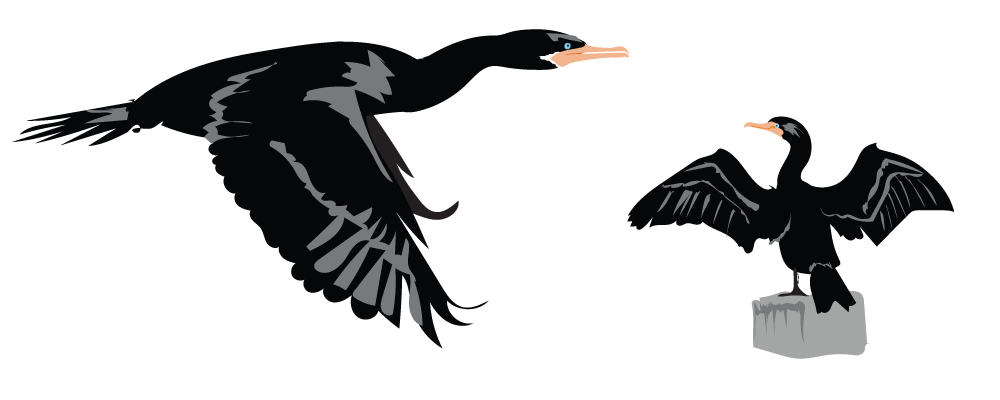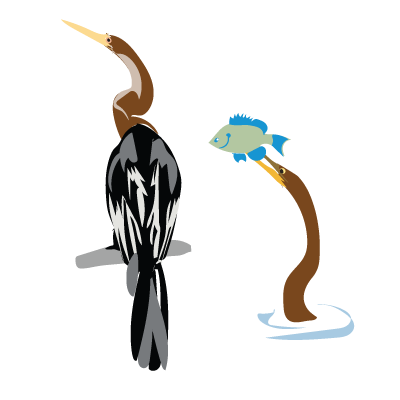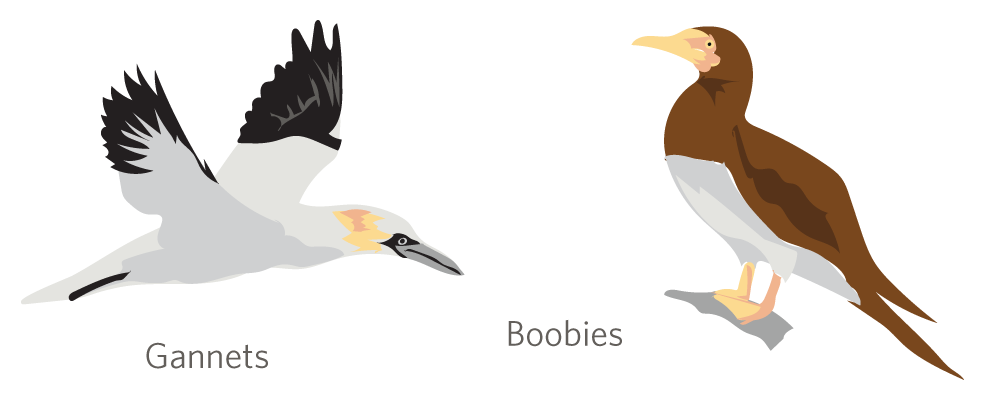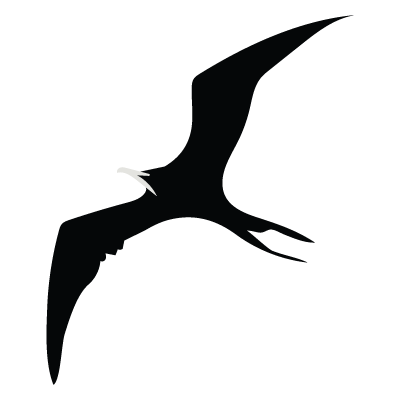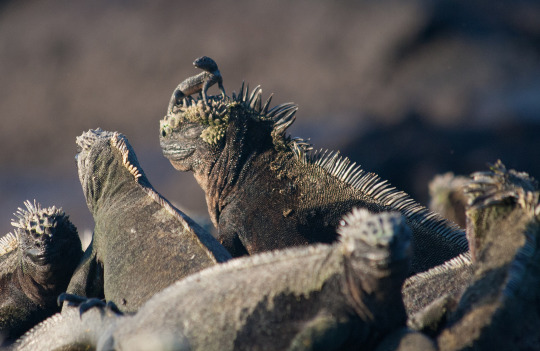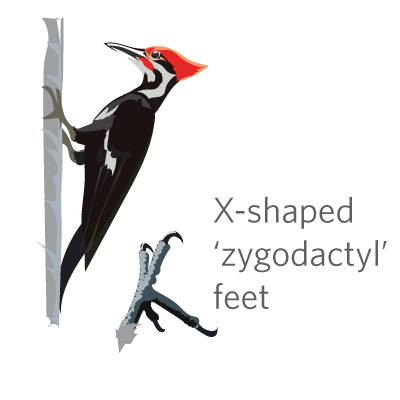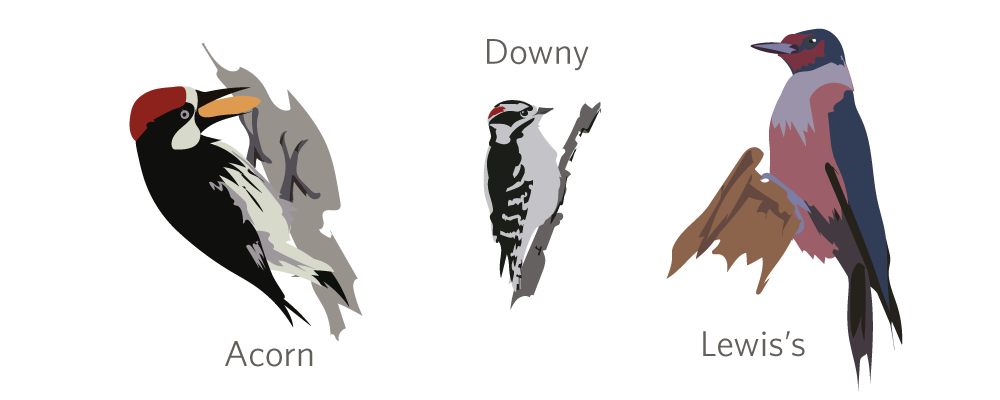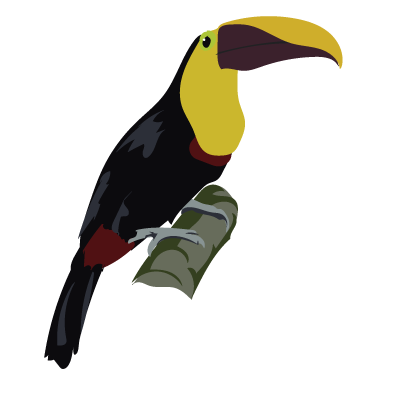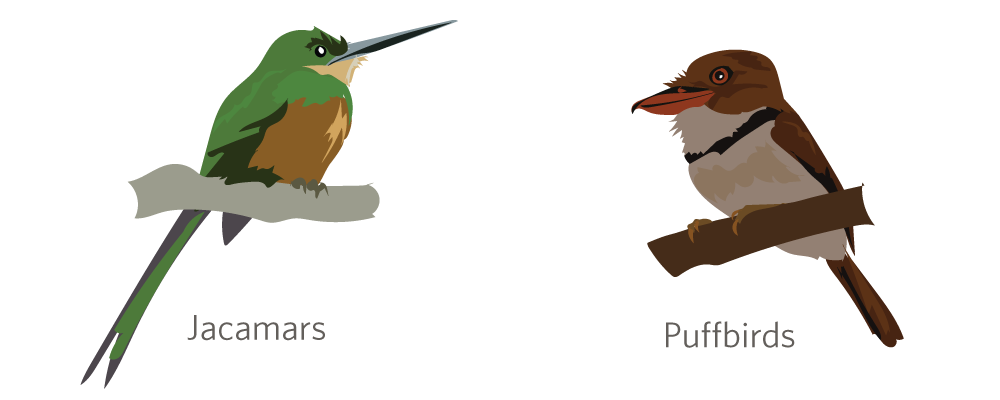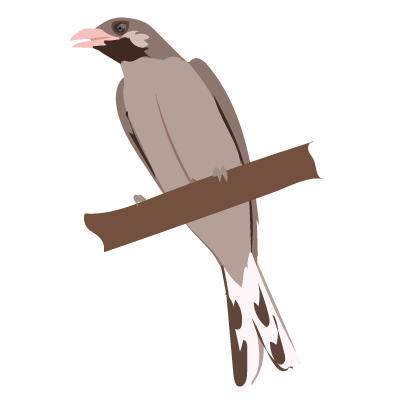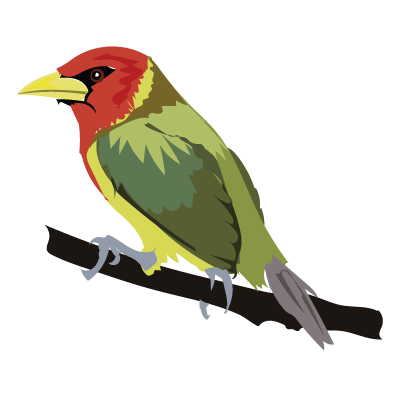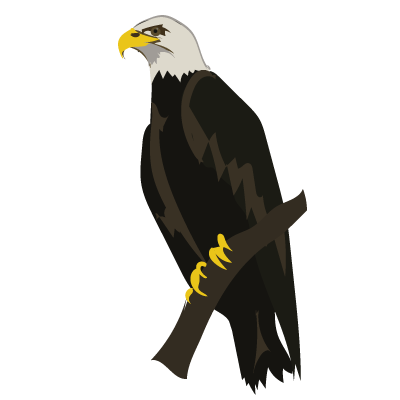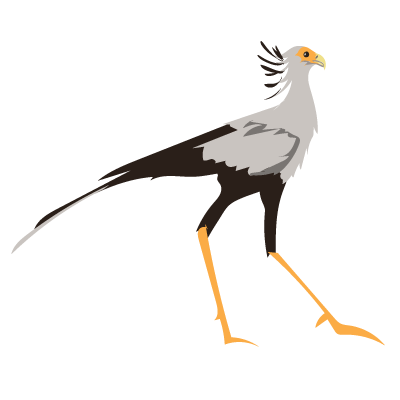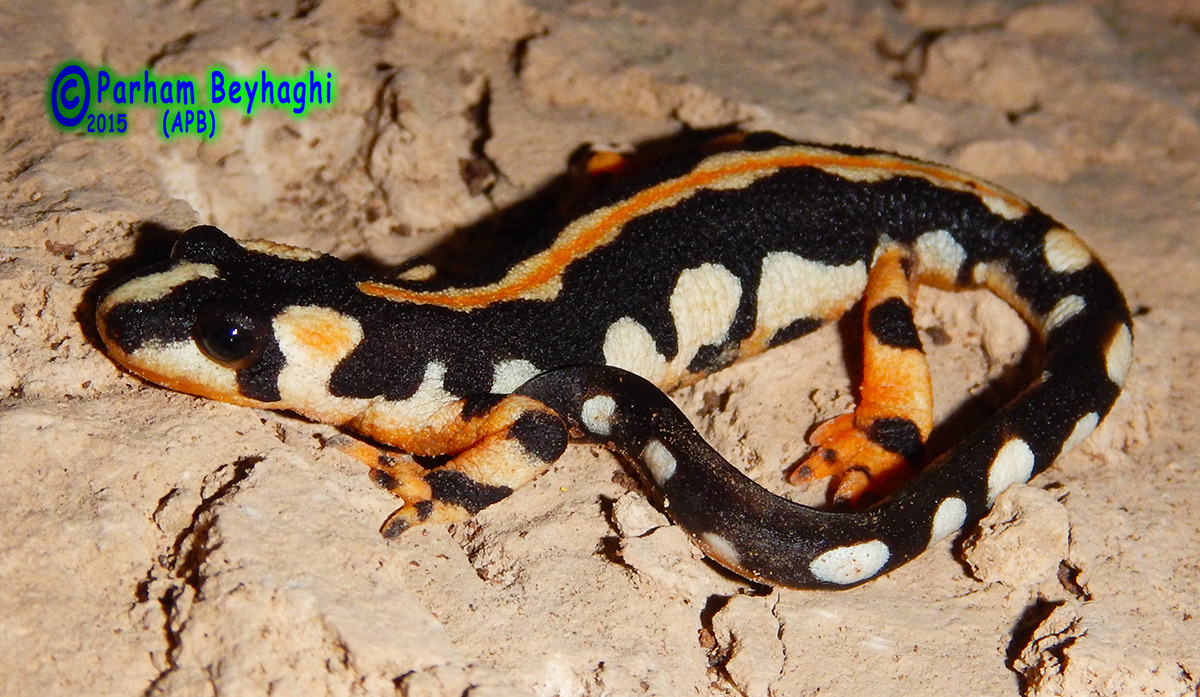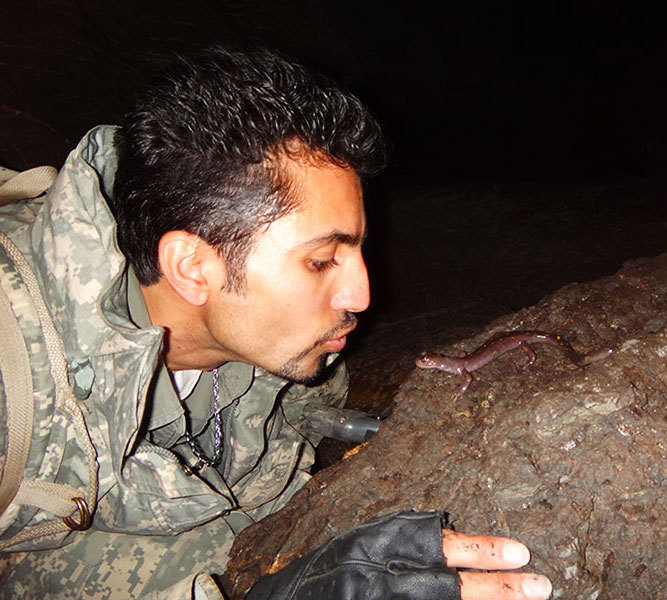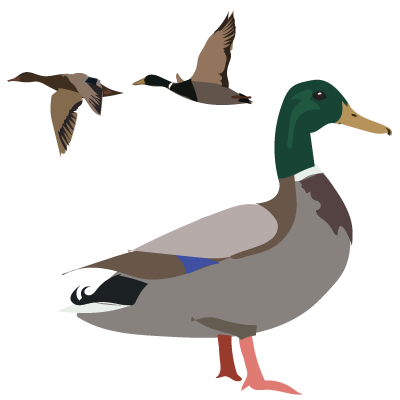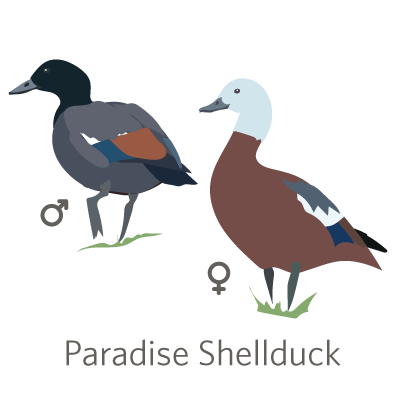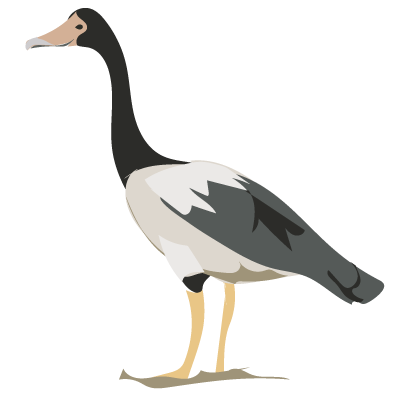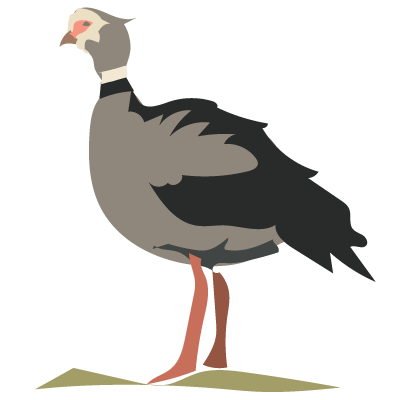
This Harvestman seen by steve_kerr in Trotters Gorge, New Zealand is our Observation of the Week.
Currently an Associate Professor of Neuropharmacology at the University of Otago in New Zealand, Steve Kerr says “I think I missed my calling just a little bit.” He grew up in North Carolina and was an avid insect collector as a child, amassing a collection of about 600 specimens, “pinned and mounted the old fashioned way,” and is especially interested in both flies and spiders. “They do seem to go together in an ironic sort of way,” he jokes.
However he eventually took a break from collecting (for 35 years!) until he bought small Panasonic camera and “discovered the joys of macrophotography.” The harvestman seen above, in fact, was shot with a Panasonic FZ-100 with a Raynox 250 macro adapter lens, “a nice little rig that's very portable and field friendly.” He got such a great shot he was even able to notice the “Phineas Gage” spike through its eyes when he looked at the photos at home. “If I had noticed it at the time, I might have tried to pull it out. I might have had a friend for life.”
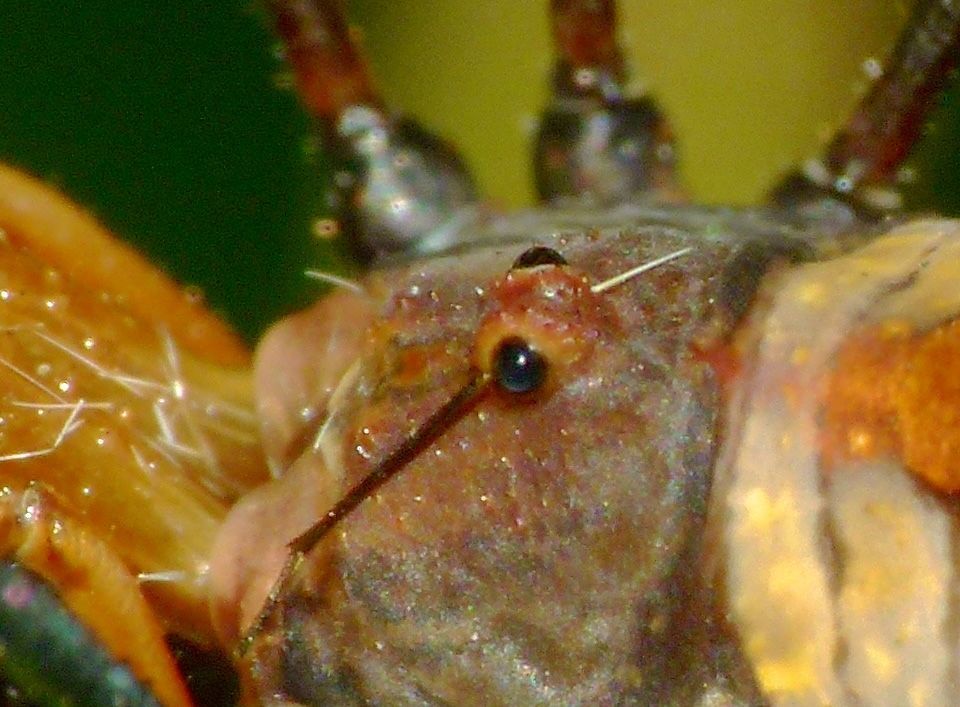
What is a Harvestman? Harvestmen (Order Opiliones) are arachnids, so they are related to spiders, scorpions, mites, and ticks. But unlike spiders, the cephalothorax (head and the body segment where legs are attached) and abdomen of harvestmen are fused together, and they have a single pair of eyes. They also have long spindly legs and are commonly called “daddy longlegs.” Unlike spiders, however, they have mouthparts which allow them to eat particles of solid food (spiders and most other arachnids can only consume liquids), cannot make silk, and are not venomous at all. Oh, and those giant things protruding from the front of this harvestman? Those are its enormous chelicerae! “I would love to have seen them flexed outwards and open, but they tend to keep them drawn up tight like that most of the time,” says Steve.
After finding out about iNaturalist and NatureWatchNZ (iNaturalist’s sister site in New Zealand) several years ago, Steve has been contributing his own observations and identifications to the iNaturalist community. He owes “a lot to the entomologists and arachnologists here in New Zealand and elsewhere in the world who have been kind enough to answer my endless emails asking for help with insect and spider ID's.”
And bringing it back full circle, he’s “been able to view and comment on North American insects that I haven't seen since I was a kid. Like seeing so many old friends again!”
- by Tony Iwane
Nearly 2000 harvestmen observations have been uploaded to iNaturalist - check them out!
Harvestmen will sometimes aggregate in large clumps. Here’s a video depicting and explaining this behavior.
Finally, any claim that “daddy longlegs” are extremely toxic is a myth. Harvestmen lack venom completely, and there is no scientific evidence that cellar spiders (Family Pholcidae, also commonly called daddy longlegs) have venom that is medically significant to humans.



